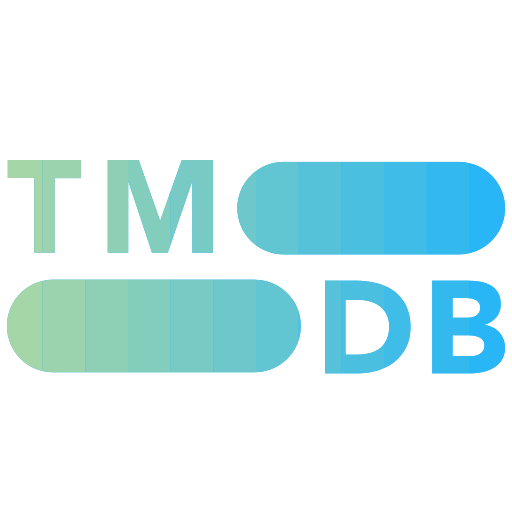Borat: Cultural Learnings of America for Make Benefit Glorious Nation of Kazakhstan (2006)

Overview
Kazakh journalist Borat Sagdiyev travels to America to make a documentary. As he zigzags across the nation, Borat meets real people in real situations with hysterical consequences. His backwards behavior generates strong...
Starring Cast
Where to watch
Bias Dimensions
Overview
Kazakh journalist Borat Sagdiyev travels to America to make a documentary. As he zigzags across the nation, Borat meets real people in real situations with hysterical consequences. His backwards behavior generates strong...
Starring Cast
Where to watch
Detailed Bias Analysis
Primary
The film's central thesis explicitly promotes a progressive critique of American society by using satire to expose widespread prejudices, cultural ignorance, and hypocrisy, making its core conflict and 'solution' (awareness through exposure) align directly with left-leaning ideological concerns.
Borat features a white male protagonist and does not employ explicit DEI-driven casting for its fictional roles. However, its narrative is deeply rooted in satirizing and exposing the prejudices, racism, and sexism prevalent within American society, thereby offering a strong critique of traditional identities and societal biases.
Secondary
The film portrays LGBTQ+ themes primarily through the lens of Borat's extreme homophobia and ignorance. While intended as satire to expose prejudice, the depiction itself relies on using queer identity as a source of ridicule, shock humor, and gross-out gags, without offering any dignified or complex portrayal. The net impact is negative as it presents harmful stereotypes and slurs without sufficient internal critique or counterbalance.
The movie does not contain any action or adventure elements.
Borat is an original character created for the film's mockumentary style, not an adaptation of a pre-existing character with a different established gender. The film does not feature any characters whose canonical or historical gender was altered.
Borat features original characters created for the film and its preceding TV show, not adaptations of pre-existing characters with established racial identities from other source material. Therefore, no race swaps occurred.
Viewer Rating Breakdown
Viewer Rating
Combines user and critic ratings from four sources
User Ratings


Critic Ratings


More Like This



















